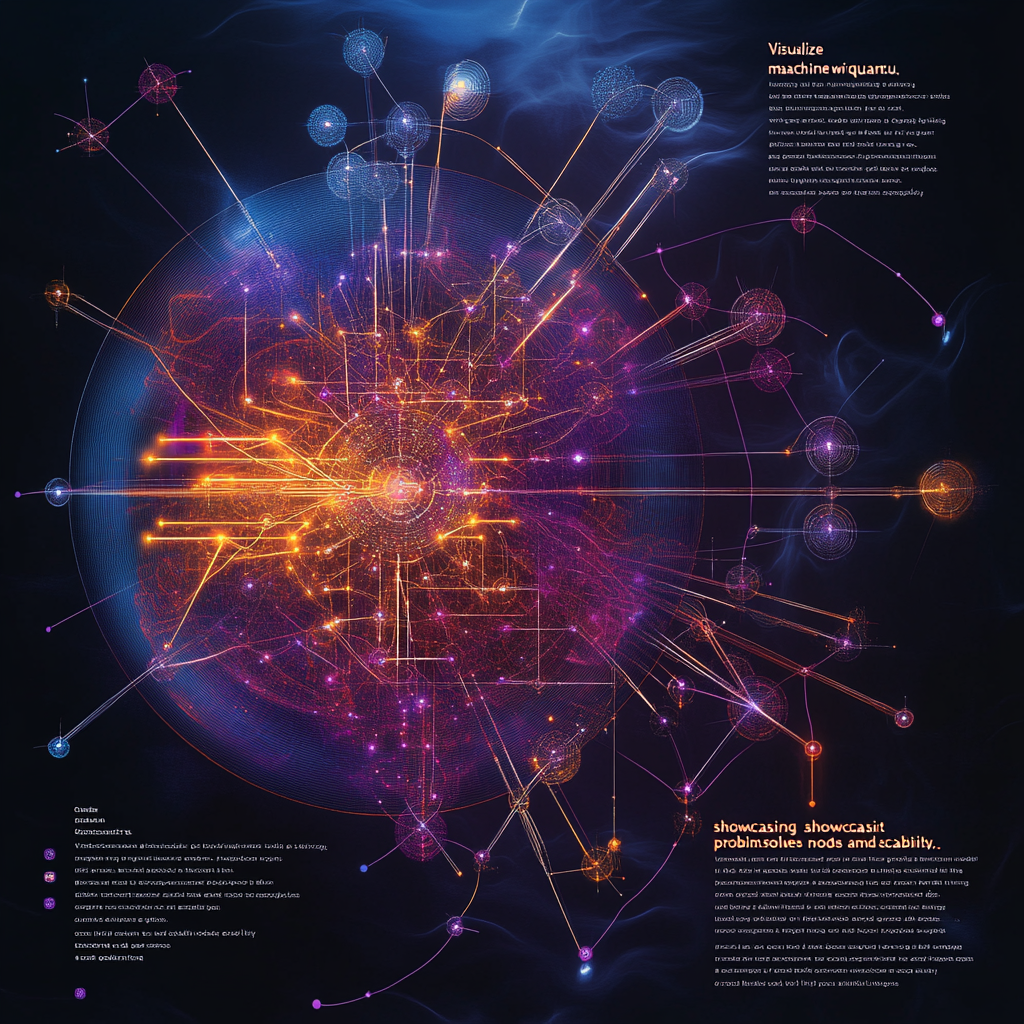
“Advancements in Ising Machine Technology for Rapid Problem Solving”
The Marvel of Ising Machines: Your Ticket to Problem-Solving Stardom
Imagine standing at the edge of a vast landscape riddled with daunting challenges, intricate puzzles waiting to be unraveled. Mother Nature has her secrets, and it seems that the key to unlocking them might just lie in a fascinating creation called an Ising machine. This futuristic contraption is not just a passing fad; it’s a revolutionary tool that harnesses the mysterious dance of magnetic spins to conquer problems that leave traditional computers gasping for air. Welcome to the dazzling world of Ising machines – where science meets magic, and complexity bows down to efficiency.
Ising Machines: What Are They, Anyway?
Let’s break it down. An Ising machine operates on the principles of the Ising model – a snippet of statistical mechanics that illustrates how ferromagnetism works. To put it simply, these machines are designed to find the “ground state” of a system, which in this context means arranging a set of spins (think of them as tiny magnets) in such a way that the system's energy is minimized. This is akin to solving a jigsaw puzzle where every piece must fit perfectly to create a harmonious image.
A Nasty Little Dilemma: Scalability
But wait! The journey is not all smooth sailing. One of the toughest nuts to crack in the field of Ising machines is scalability. Imagine trying to build a tower of Jenga blocks; as you add more blocks, the structure becomes increasingly unwieldy. For Ising machines, the challenge arises from the need for spin interactions to be fully connected – which translates into a web of electrical circuits that gets maddeningly complex as more spins are introduced. The result? A veritable headache for engineers and researchers alike.
The Matrix-Folding Technique: A Stroke of Genius
Enter the valiantly innovative researchers from the Tokyo University of Science, led by the astute Professor Takayuki Kawahara. They pulled a rabbit out of the hat with a jaw-dropping breakthrough: the matrix-folding technique. Think of it as origami but for complex data matrices. By neatly slicing the interaction matrix into four manageable sections and bending it like a magician folding a card, they managed to reduce the number of required spin interactions significantly.
The implications here are staggering. By utilizing just eight field-programmable gate arrays (FPGAs), they successfully managed to implement 384 spins! That’s like performing an impressive magic trick on stage, leaving the audience in awe as two independent, fully connected Ising machines come to life on a single board. Their prowess took on two classic combinatorial problems—the max-cut problem and the four-color problem—and emerged victorious with a mind-boggling 400-fold increase in efficiency when compared to traditional CPU methods.
Riding the Wave of Applications and Implications
The reverberations of such advancements are echoing across various industries. Picture this:
- Molecular Simulations: Accelerated drug and material discovery could dawn a new age of scientific exploration. Imagine crafting the next wonder drug while sipping your morning coffee!
- Data Center Optimizations: With Ising machines at the helm, we could see exponential gains in efficiency, leading to greener data centers that are kinder to our precious planet.
- Power Grid Management: An efficient power grid operation means that energy distribution becomes more manageable, allowing us to harness renewable resources while minimizing our carbon footprint save for a tiny bit of hexagonal chaos in the statistics.
The Next Frontier: Coherent Ising Machines
As if that wasn’t enough, the whirlwind of innovation continues to spin. Step right up to the realm of Coherent Ising Machines (CIMs)! Developed by the innovative minds at NTT Research, these machines utilize optical parametric oscillators (OPOs) to solve optimization problems with a flair that’s reminiscent of a scientific disco. By leveraging optical nonlinearity and clever coupling, CIMs can find the lowest-energy configuration of spins quicker than you can say “complex optimization” – offering solutions to conundrums that would tie traditional computing in knots.
The Quantum Leap
Adding yet another feather to the cap, InfinityQ has introduced a Quantum Alternative for Ising machine construction. Utilizing everyday hardware coupled with ingenious mappings, they can churn out solutions at speeds that’ll have your head spinning. Their Nickel solver takes optimization problems with hundreds of thousands of variables and tackles them with the elegance of a virtuoso pianist at a grand piano. Have a big industry problem? This could be your new best friend.
The Exciting Intersection of Machine Learning and Ising Machines
The merry-go-round of innovation doesn’t stop there! Picture a new breed of machine learning that seamlessly integrates with Ising structures. Researchers have proposed an audacious new model where efficiency reigns supreme, utilizing gradient descent techniques. This model estimates the partial derivatives of a loss function without breaking a sweat, relying on the Ising machine for assistance. In simpler terms, it’s like having a trusty sidekick flying alongside your primary machine learning venture. Ingenious, right?
In Conclusion: Ising Machines Are Here to Stay
The world of Ising machines is heralding a new dawn in the art of solving complexity. With strategies like matrix-folding, the emergence of Coherent Ising Machines, and the thrilling prospect of quantum alternatives, we’re seeing an evolution that is poised to transform industries from health care to energy management. So, if you’re hungry for rapid innovation and sparkling efficiency in tackling the world’s intricate puzzles, Ising machines might just be your golden ticket.
They say the future is bright, and in the realm of Ising machines, it’s shimmering like a diamond in the sun.
Want to stay up to date with the latest news on neural networks and automation? Subscribe to our Telegram channel: @channel_neirotoken
Remember, the complexities of tomorrow are no match for the creativity and tenacity of today’s leading researchers and engineers. Get ready to ride the wave of innovation!

